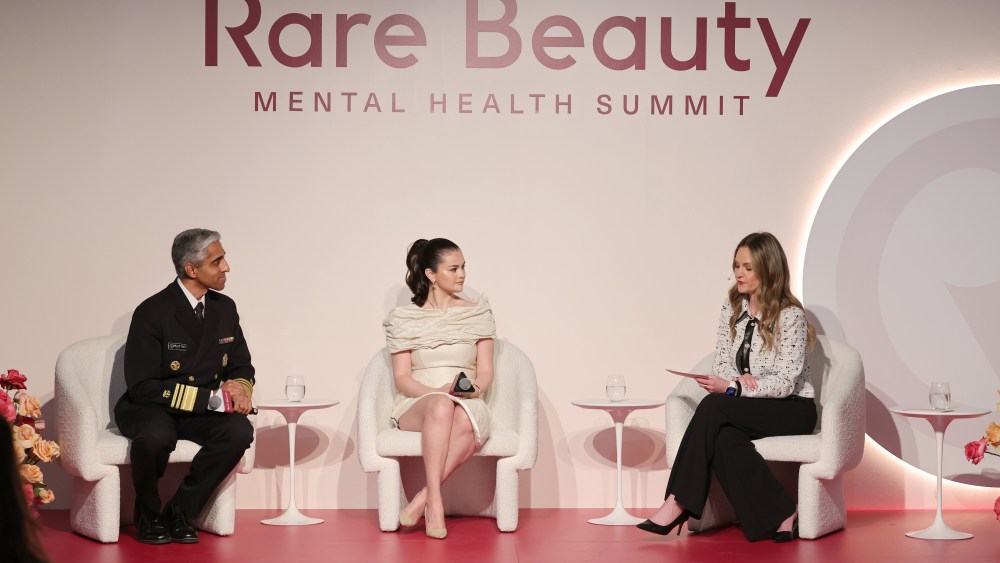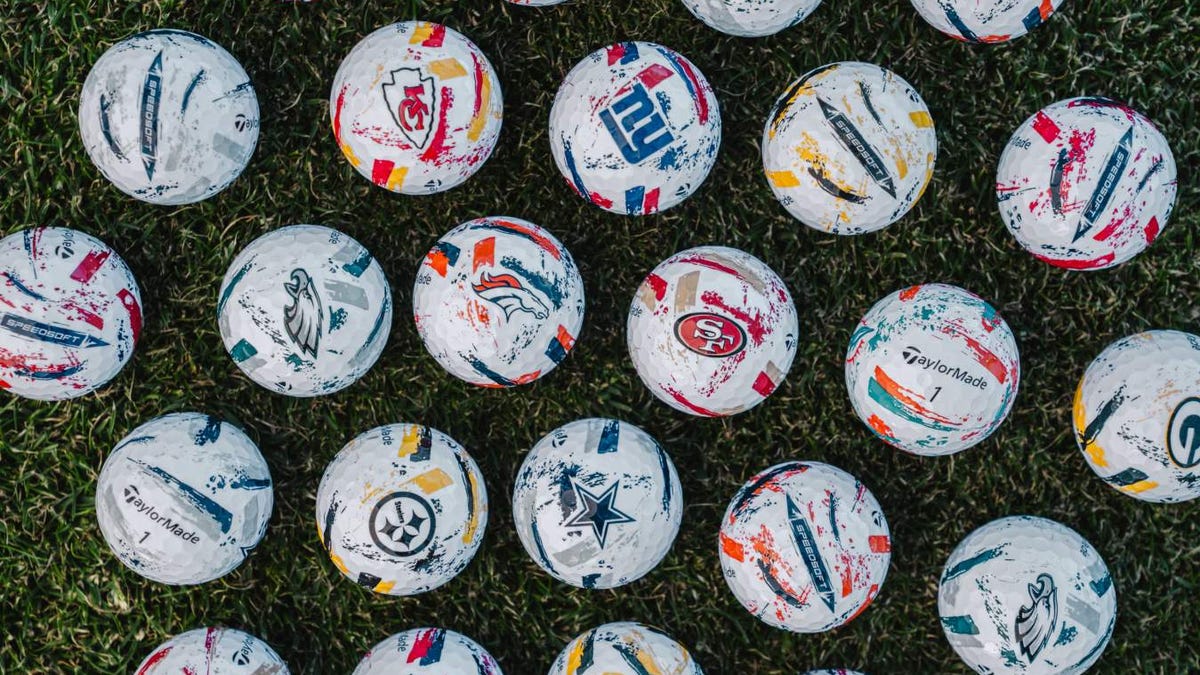
Circularity has recently become a much larger topic of discussion in the fashion industry. And last week, during lots of upheaval around international tariffs, it once again came to the forefront, where some supporters argued the changes would be a tipping point, particularly for resale. From my perspective, the Trump administration’s tariffs serve as a great reminder that business-as-usual does not exist anymore. And that is a good thing.
At its core, the circular economy aims to replace the linear “take, make, waste” model with a system that prioritizes repair, reuse, and recycling. Academics have explored circular economy concepts for the last few decades. Michael Braungart and William McDonough popularized the concept with their book “Cradle to Cradle: Remaking the Way We Make Things” in 2002. Circularity is an essential component of a truly sustainable fashion system that operates within Earth’s resource boundaries.
Is there a business case for circularity? Yes. A report by the Ellen MacArthur Foundation in 2019 claimed that by moving to a circular system, the industry can unlock a $560 billion economic opportunity internationally. The resale market alone has become its own huge vertical. According to ThredUp’s resale report for 2024, the resale apparel market is on track to reach $78 billion by 2028 in the U.S.
Realizing this opportunity will require collaboration across production, marketing, after-sales and reverse logistics within brands and retailers. I believe in the case of larger brands and retailers; a chief returns or chief circularity officer is key to deploy and maintain these programs.
A really good way to think about operational circularity for fashion brands is that it’s a Rubrik’s Cube, not a circle. Over the past decade, numerous organizations and industry stakeholders have worked to innovate and foster circularity within the U.S. economy. To look at the ecosystem of partners can be overwhelming. The complexity is evident in the sheer number of players involved; recent research for a client identified over 200 names of organizations. The list included nonprofits, textile recyclers, technology solution providers, and consultants. They are all playing vital roles and the complexity is undeniable.
To build out what is needed we need brands, consumers and legislation to help move things along. On the consumer (or citizen) side of things, people are embracing secondhand. Peer-to-peer platforms like Poshmark, Depop, TheRealReal, ThredUp, Vestiaire, and now WhatNot have mainstreamed secondhand shopping online. Pioneer brands like Patagonia and Eileen Fisher have made a decade-long investment in take-back programs and resale and repair strategies. They have shown that profit and brand equity gains are attainable with robust resale programs.
Their example is being followed by numerous brands and retailers like Carter’s, Everlane, Levi’s, Coach, REI, Rimowa, Target, and Walmart often enabled by technology resale partners like Archive, Arrive, and Trove.
To further extend the lifecycle of clothing, repair programs are also steadily gaining momentum and technology partners like Circulo and Alternew are poised to help brands. Unfortunately, trashion (ultra-fast-fashion) brands like Shien and Temu have steadily increased the volume of unrepairable and un-resaleable textiles over the last five years.
Dealing with this volume of low-quality goods requires efficient reverse logistics and processing, which brings in companies such as Debrand in partnership with WM, Loop Returns, Optoro and Two Boxes. Ensuring that returns systems move as quickly as possible and that damaged goods go to the appropriate handler is a big part of the challenge. Right now, there is an opportunity to continue to optimize returns, which traditionally have not been given the same resources and technology as the e-commerce order fulfillment side of the warehouse. Other crucial players in processing, sorting and logistics include Goodwill, Looptworks, Material Return LLC, Public Thread, Retold Recycling, and Trashie.
Next, accurate sorting and fabric tracking are paramount for effective recycling. Technology and infrastructure companies provide essential tools here. Avery Dennison is a leader in digital product passports, embedding vital material data into garments. Others like Eon, Infinfy, Lectra, Refibrd and Sortile offer solutions for tracking, reporting, and sortation. The Germany company Stadler is building more sortation facilities here in the U.S. and more and more robotics start-ups are entering the market.
Recycling remains the most critical and complex challenge to systemic circularity, particularly due to the prevalence of blended fibers and the lack of scaled national infrastructure. If a tech investor is reading this —please help scale textile recycling. Advanced chemical recycling technologies offer the potential for true fiber-to-fiber regeneration, and innovators like Ambercycle, Circ, Syre, Eastman, Evrnu, Ravel, and Reju are tackling this, specifically targeting challenging blended textiles. Once these companies have processing plants open in the U.S., which should be fall of 2025, then we will truly be on the way to holistic circularity.
Navigating this requires unprecedented collaboration, fostered by pivotal organizations. Groups like Accelerating Circularity focus on building new supply chains from textile waste, while the National Stewardship Action Council, The New Standard Institute and ACT (American Circular Textiles) work on systemic policy changes and proactive legislation.
Extended producer responsibility (EPR) laws have already been passed in California and have been proposed in Washington and New York. They aim to incentivize sustainable design and waste reduction by making producers accountable for the end-of-life management of their products.
Putting aside its use as a buzzy term for marketing, circularity faces significant obstacles but is gaining significant traction. Scaling bespoke solutions for brands and retailers, building robust recycling infrastructure, and shifting consumer behavior are ongoing hurdles. In the wake of ongoing tariff upheaval, supply chain uncertainty and climate crises, this is an incredibly opportune moment.
To create the systemic shift needed, we need the combined efforts of diverse organizations, from NGOs to technology providers, to consultants and WhatNot resellers. We need legislation to hold brands and retailers accountable for their impact. And we need to stop making so much stuff.
Lauren Fay specializes in identifying and securing strategic partnerships that enhance sustainability efforts and foster innovation in circular fashion. At her consulting firm, BFG Lab, her focus is on driving sustainability through circular strategies, leveraging her expertise in reverse logistics and process improvement.
#Circular #Economy #Fashion






